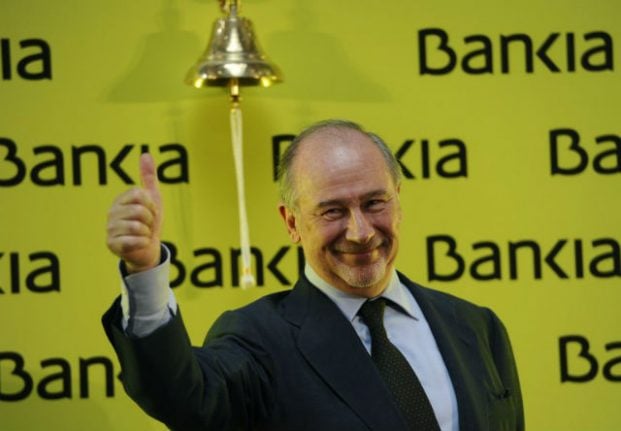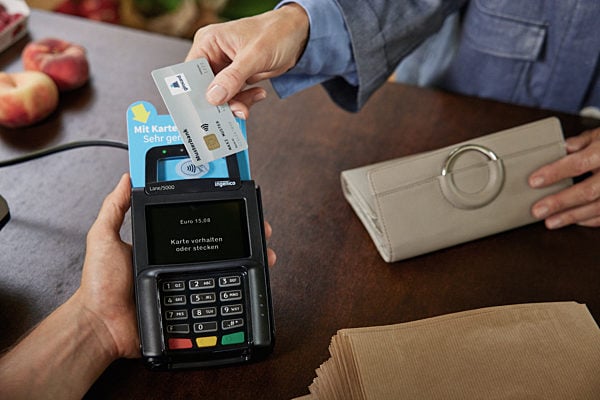The trial, which harks back to the years of Spain's economic crisis, is being closely followed with Rato as then Bankia chief accused of fraud and falsifying the books to the detriment of investors in the 2011 stock listing.
In a court near Madrid, Rato. also a former economy minister who later headed the International Monetary Fund from 2004 to 2007, said Spain's central bank was fully aware of everything that went on in Bankia which had to be rescued by the Spanish state to prevent its collapse after it listed.
That in turn prompted the state to borrow 41 billion euros ($47 billion) from the European Union to keep the rest of Spain's banking sector afloat.
“The Bank of Spain would tell us 'do this, do that',” said Rato, who prior to Bankia headed up Caja Madrid, which ended up merging with six other struggling savings banks to create Bankia in 2010.
“And if at some point we did something they didn't feel was good, it said no,” he said.
“During my two years and three months heading up Caja Madrid and Bankia, the Bank of Spain never warned me, orally or in writing, that we weren't respecting its recommendations,” Rato added.
A total of 35 people and companies including Bankia, its parent company BFA and Deloitte consultants are on trial in San Fernando de Henares.
The image of a smiling Rato ringing the bell and sipping champagne on July 20, 2011, to mark the start of Bankia's listing has since become a symbol of the scandal.
More than 300,000 small shareholders bought share packages for a minimum of 1,000 euros, attracted by a major advertising campaign and the profits boasted by the bank.
But in 2012, after a disastrous year that saw its share value collapse, the bank admitted that in the year it listed it had actually made a loss of close to three billion euros.
That forced the state to nationalise the bank to save it from bankruptcy by injecting more than 22 billion euros into Bankia.
Thousands of small-scale investors lost their money.
READ MORE: Ex-IMF chief Rato in dock again in major Spanish bank trial



 Please whitelist us to continue reading.
Please whitelist us to continue reading.